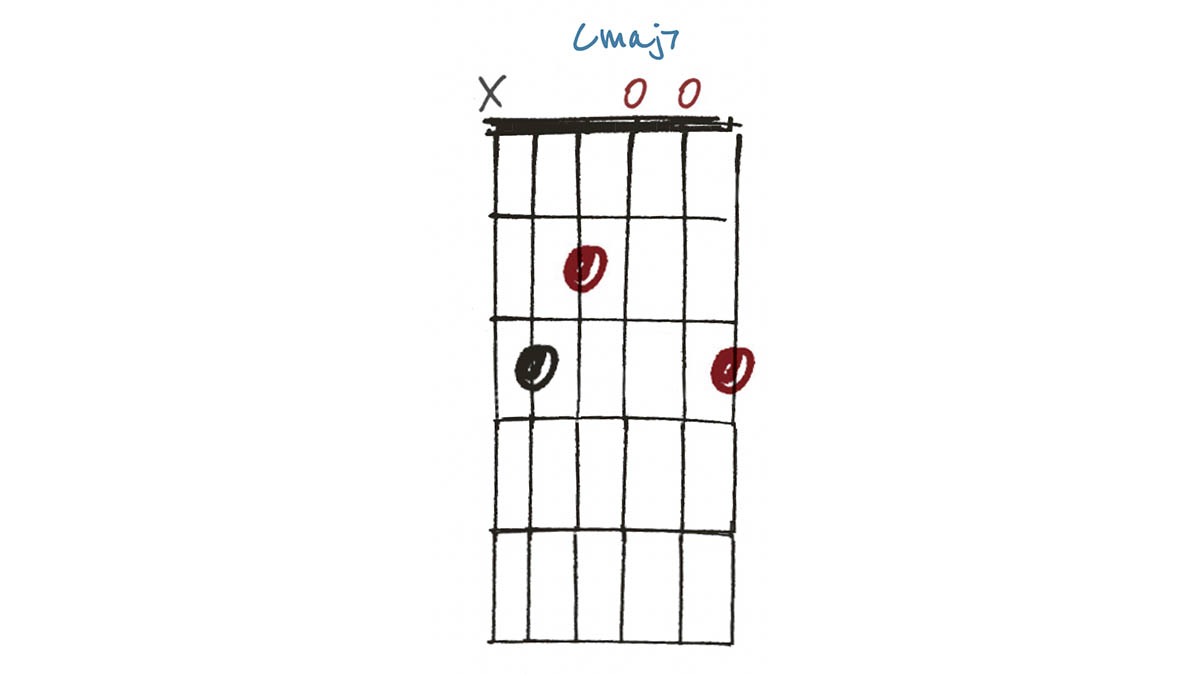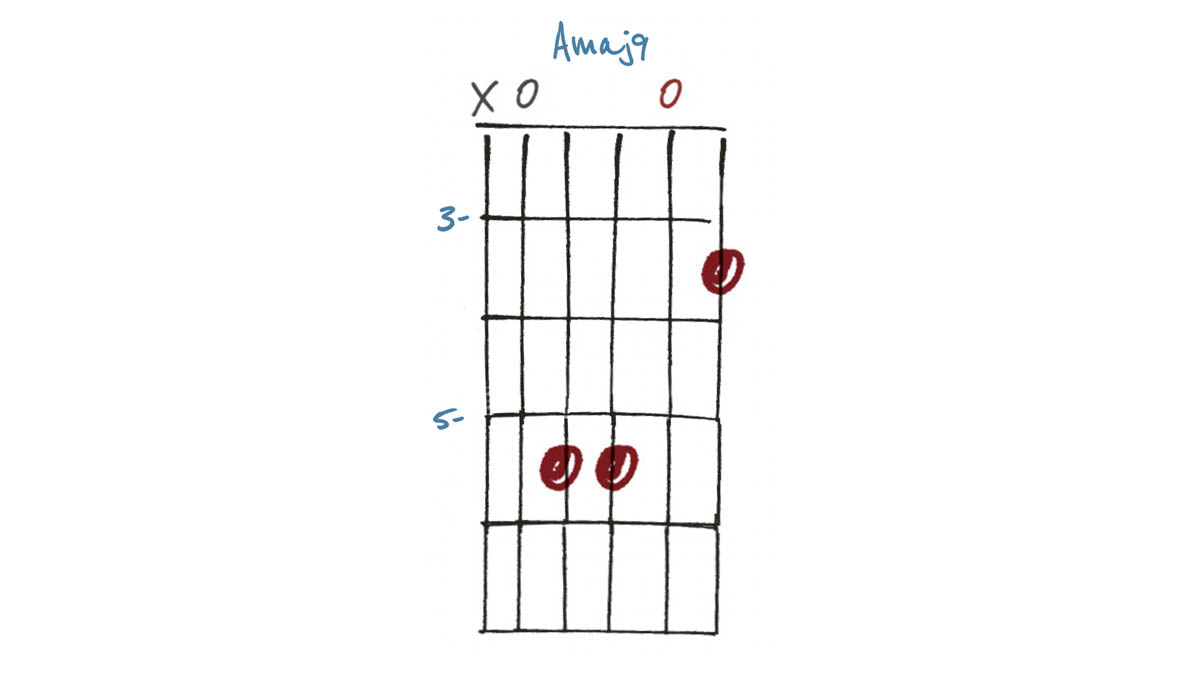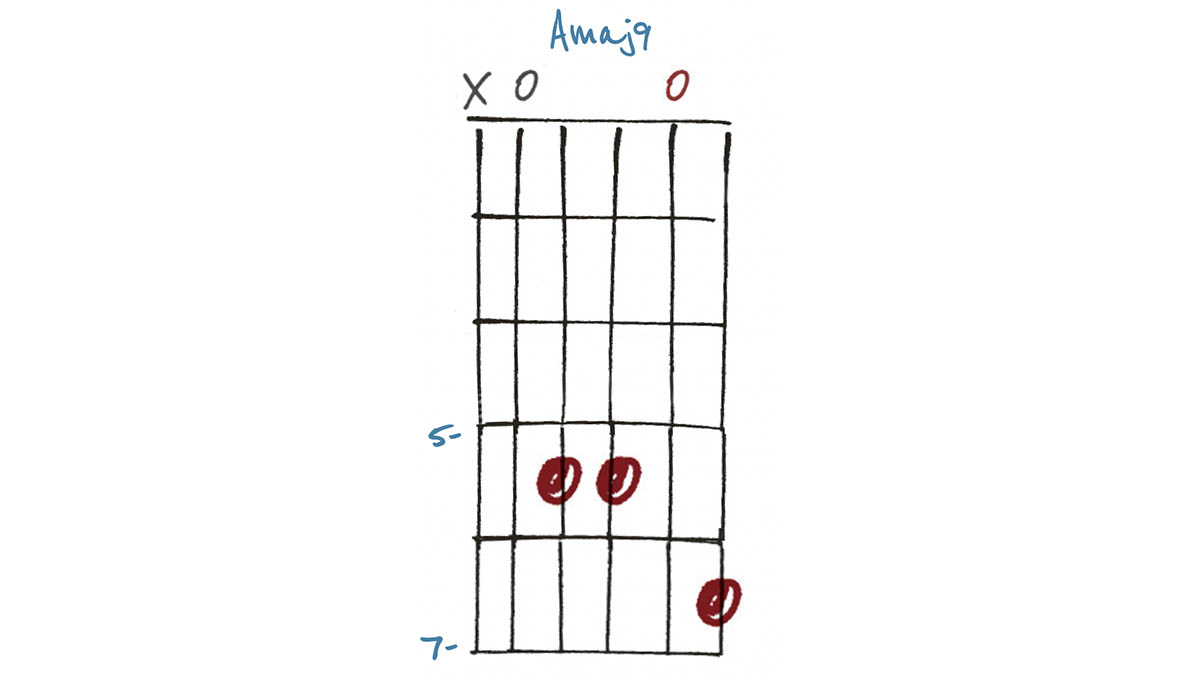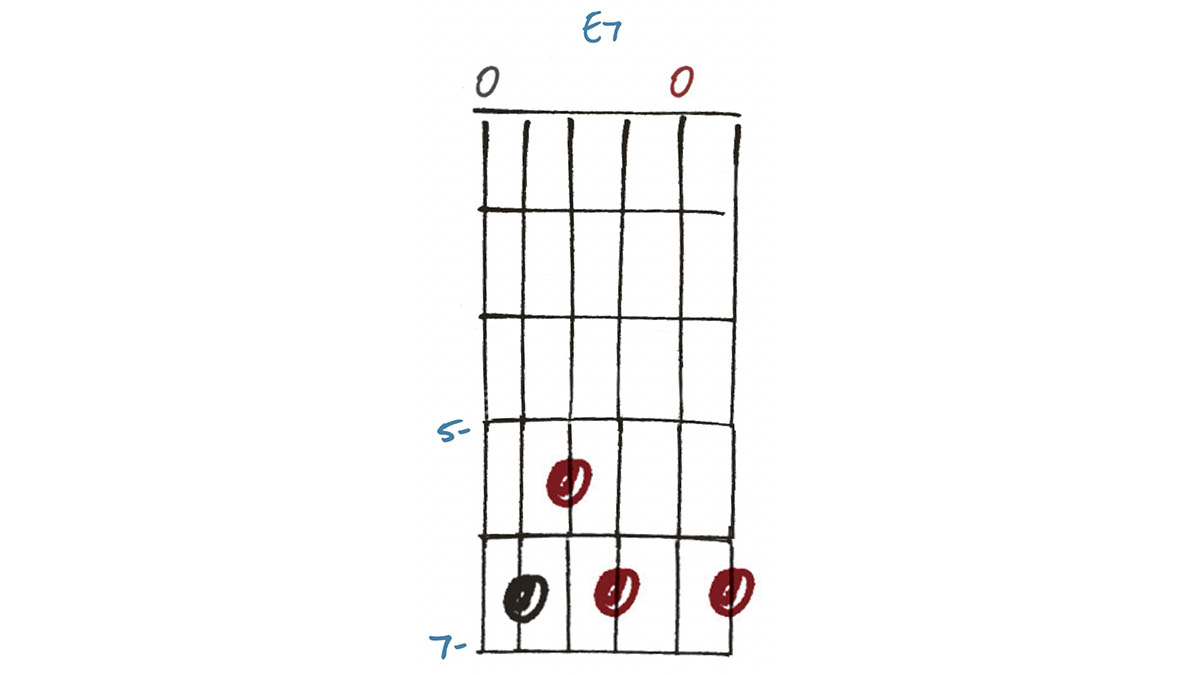How to journey across the fretboard using wide-interval chords
Take the route less traveled when it comes to chord voicings, and add new shapes to shake up your songwriting

When we look at how chords are constructed, there’s a tendency to stick to the linear patterns suggested by the conventional Root, 3rd, 5th/Root, 3rd, 5th, 7th and so on.
This can sometimes be tricky for us on the guitar, where things do not always fall into place as easily as on the piano keyboard – or indeed paper!
Odd groups of intervals can be hard to avoid in some cases it’s true, but this feature is about embracing this, rather than trying to seek perfect symmetry.
In practical terms, we can also move shapes around the fretboard in a way there wouldn’t be a reason to do on the piano. An E shape moved to the 7th fret gives an Aadd9, for example.
The adding of the 9th here is anything but deliberate, but you get what I like to call a ‘stacking’ of notes that do not necessarily ascend as you rake across the strings. In the examples below, I have deliberately contrasted, adding a higher note adjacent to the open second string.
1. Cmaj7

This Cmaj7 features a G on the first string, which doesn’t change anything in theory but can give a nice variation on the theme or be combined with the more regular shape with an open E as the highest note.
As with any of these ideas, it’s well worth moving this around the fretboard to see what surprises may lurk there.
2. Amaj9

Widening the gap slightly, this Amaj9 has the major 7th (G#) on top, rather than the notes stacking up in scale order. The open B string gives us our 9th, which would be the ‘highest’ extension if we were looking simply from a theoretical point of view.
3. Amaj9

Another Amaj9, this time doubling the 9th by widening the gap further and putting a B on top at the 7th fret. These are an octave apart, but both are considered the 9th due to the notes present elsewhere. The major 7th (G#) appears at the 6th fret of the fourth string.
4. E7

From low to high, this E7 features: E, E, G#, D, B, B. We’re ascending as we go across the strings until we reach the open B, which goes down a minor 3rd. Then we jump up an octave for the highest B – the effect is a bit like having the guitar in an open tuning.
5. Aadd9

This Aadd9 follows the same principle as the previous examples, adding a high fretted note adjacent to the open second string. In this case, we’re doubling the added 9th. As there is no 7th happening here, this is an add9, as opposed to a 9th where we would presume a 7th was one the extensions we’d added in sequence.
Get The Pick Newsletter
All the latest guitar news, interviews, lessons, reviews, deals and more, direct to your inbox!
As well as a longtime contributor to Guitarist and Guitar Techniques, Richard is Tony Hadley’s longstanding guitarist, and has worked with everyone from Roger Daltrey to Ronan Keating.










![Joe Bonamassa [left] wears a deep blue suit and polka-dotted shirt and plays his green refin Strat; the late Irish blues legend Rory Gallagher [right] screams and inflicts some punishment on his heavily worn number one Stratocaster.](https://cdn.mos.cms.futurecdn.net/cw28h7UBcTVfTLs7p7eiLe.jpg)
